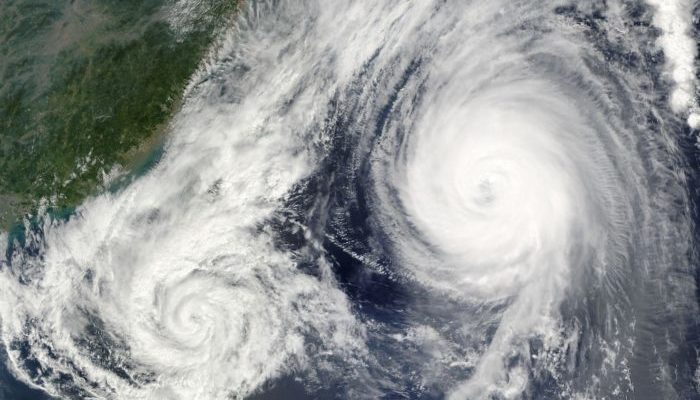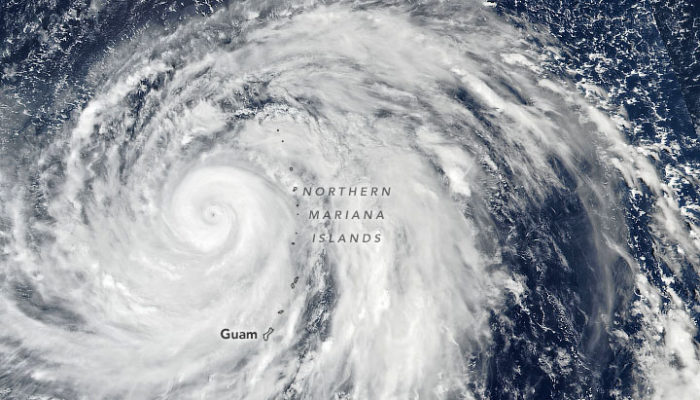The frequency and intensity of drought periods have increased since the 1950s over most land areas [1]. In fact, between 1998 and 2017, drought was the sixth natural hazard associated with disasters (4.8% of the total number of disasters) but the second in terms of the total number of affected people (33% of the total number of affected people), causing more than 21,000 deaths [2]. For example, in ...[Read More]
Define and assess drought, the herculean challenge!




